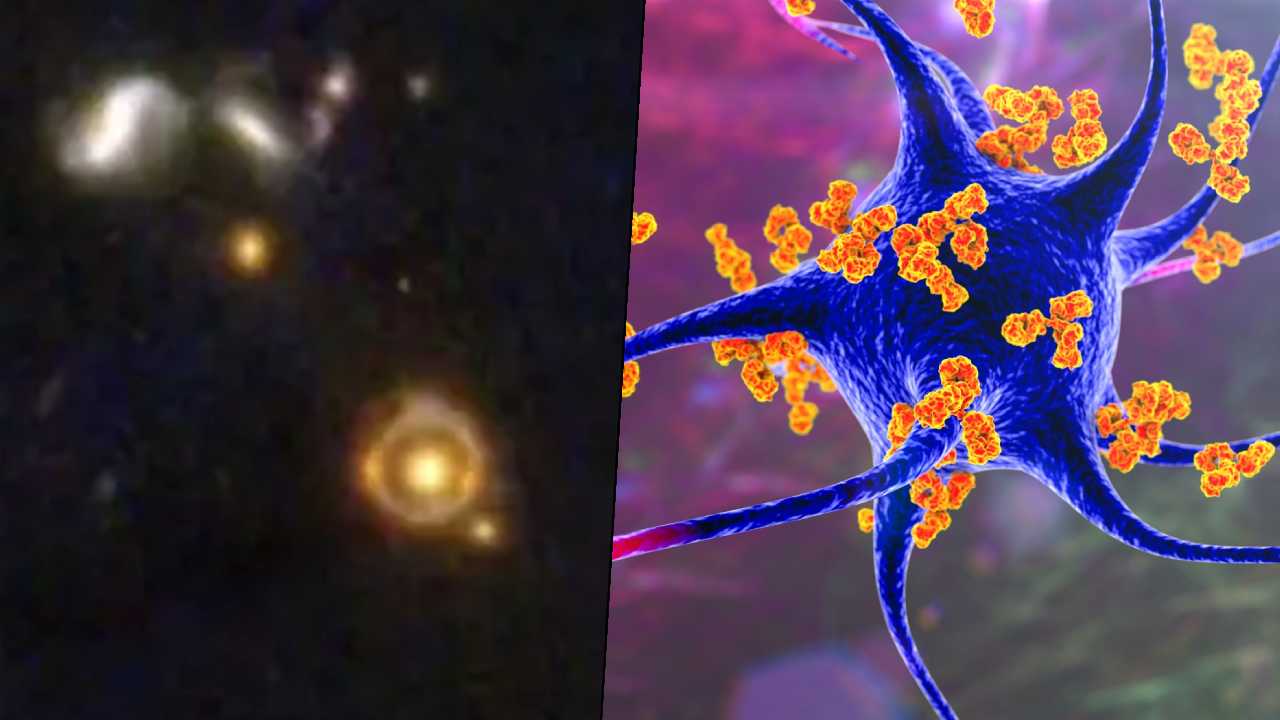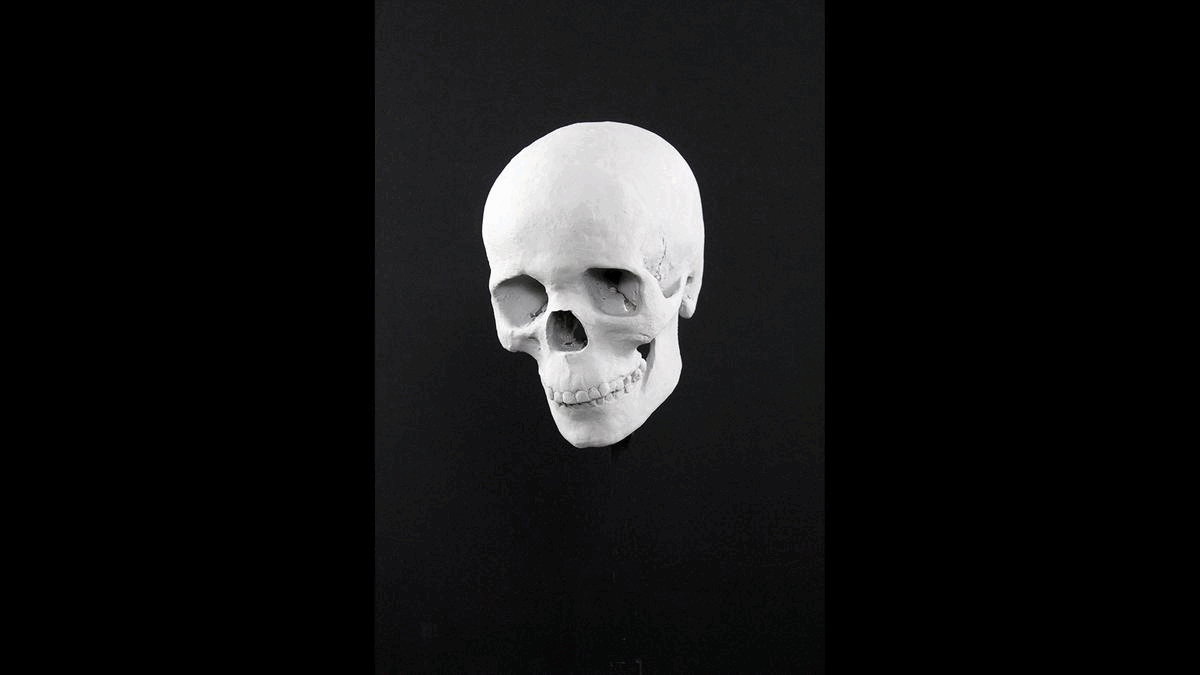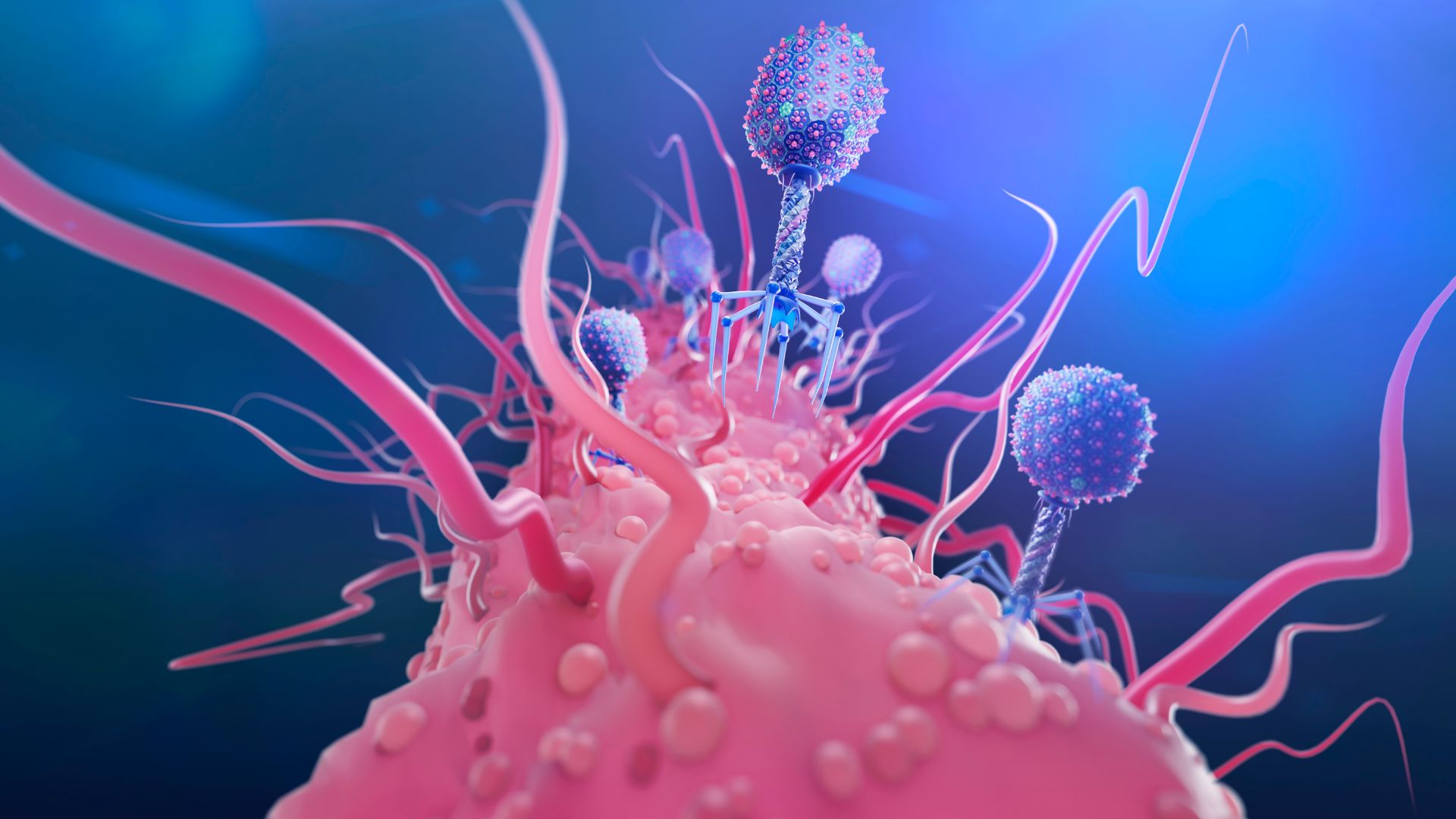Science news this week: James Webb telescope discoveries and an inverse vaccine
Oct. 1, 2023: Our weekly roundup of the latest science in the news, as well as a few fascinating articles to keep you entertained over the weekend.

In the news this week, the James Webb Space Telescope made some astounding discoveries, we explored whether an "inverse vaccine" would work for humans and scientists learned how to write in water.
The James Webb Space Telescope has been busy this week, snapping an image of a stunningly perfect "Einstein ring", finding an ancient supernova that could help solve one of the universe's biggest mysteries and spotting thousands of Milky Way-like galaxies in a place they shouldn’t exist. Back in our own solar system, we watched comet Nishimura get battered by a solar storm, welcomed the return of record-breaking astronaut Frank Rubio from the International Space Station and created AI that could detect alien life — although we're not entirely sure how it works.
In the world of aquatic mammals, humpback whales have been preening themselves by "kelping", while some opportunistic orcas have become victims of their newfound behavior. In more bad news for mammals, the next supercontinent, Pangaea Ultima, is likely to get so hot so quickly that mammals will not be able to adapt. However, that won't be for another 250 million years, so we're safe for now.
The biggest health news this week was that scientists are testing an "inverse vaccine," which selectively suppresses the immune system. It successfully treated a multiple sclerosis-like condition in mice, but could this new approach work in people? We also saw that the antiviral drug molnupiravir may be shaping the evolution of the virus behind COVID-19. We still don't know what this means for transmission or the emergence of new variants, but this is not something we should be surprised or worried about, experts told us.
Now to the ancient world, where words from a "lost" language were discovered on an ancient clay tablet in Turkey. The Indo-European language would have been spoken more than 3,000 years ago, and although scholars are still working out what the words mean, they know it was "ritual text." Other magnificent discoveries this week were a "very rare" Bronze Age arrow with its quartzite tip still intact and a 1,400-year-old tomb in China revealing evidence of a royal power struggle.
And finally, we shed light on "diffusioosmosis," which as well as being remarkably difficult to say is very useful if you want to write words on water.
Follow us on WhatsApp
Want more science news? Follow our Live Science WhatsApp Channel for the latest discoveries as they happen. It's the best way to get our expert reporting on the go, but if you don't use WhatsApp we're also on Facebook, X (formerly Twitter), Flipboard, Instagram, TikTok and LinkedIn.
Get the world’s most fascinating discoveries delivered straight to your inbox.
Picture of the week

More than 4,000 years ago, a young woman who died in what is now Scotland was buried in a crouched position within a stone-lined grave. She remained buried for millennia, until excavators at a stone quarry unexpectedly unearthed her bones in 1997.
Little is known about the woman — dubbed Upper Largie Woman after the Upper Largie Quarry — but now, a new bust-like reconstruction reveals how she may have looked during the Early Bronze Age.
"Making a reconstruction I usually think that we are looking into their world, [meaning] they don't see us," Oscar Nilsson, a forensic artist based in Sweden who crafted the woman's likeness, told Live Science in an email. "I thought it could be an interesting idea to twist this a bit, and actually thinking that she can see us. And as you can see, she looks a bit critical to us (I don't blame her for that...)!"
If you want to see more, check out these other amazing facial reconstructions that bring the past back to life in uncanny detail.
Sunday reading
- This "disco" snail is hiding a gruesome secret.
- Space photo of the week: Hubble spies a spectacular galaxy crash.
- Why is fish so smelly?
- In the 1990s, a group of juvenile bull sharks were left stranded in a golf course pond in Australia where they thrived for decades, but then they vanished. Now scientists are trying to understand why.
- Glass has unique properties, but is it a solid or a liquid?
- Think we know more about the surface of the moon than we do about the deep ocean? Think again, says explorer Jon Copley.
- Whether they're young or old, many people get "knots" or "butterflies" in their stomach prior to performing on stage — but what causes a "nervous stomach"?
Live Science long read

Viruses that split germs open from the inside, the famous gene-editing tool CRISPR, designer molecules and tiny protein sabers — these are the chosen tools of scientists looking for new ways to kill dangerous bacterial "superbugs." Traditional antibiotics push bacteria to grow resistant to treatment, and the overuse of these old drugs has only sped the spread of multidrug-resistant germs. In a new feature, health editor Nicoletta Lanese speaks with experts working on new alternatives to antibiotics that won't drive resistance. And in an accompanying story, she discusses what we can do in the meantime, while these new drugs are coming down the pipeline.

Alexander McNamara is the Editor-in-Chief at Live Science, and has more than 15 years’ experience in publishing at digital titles. In 2024 he was shortlisted for Editor of the Year at the Association of British Science Writers awards for his work at Live Science. He has previously worked at New Scientist and BBC Science Focus.
